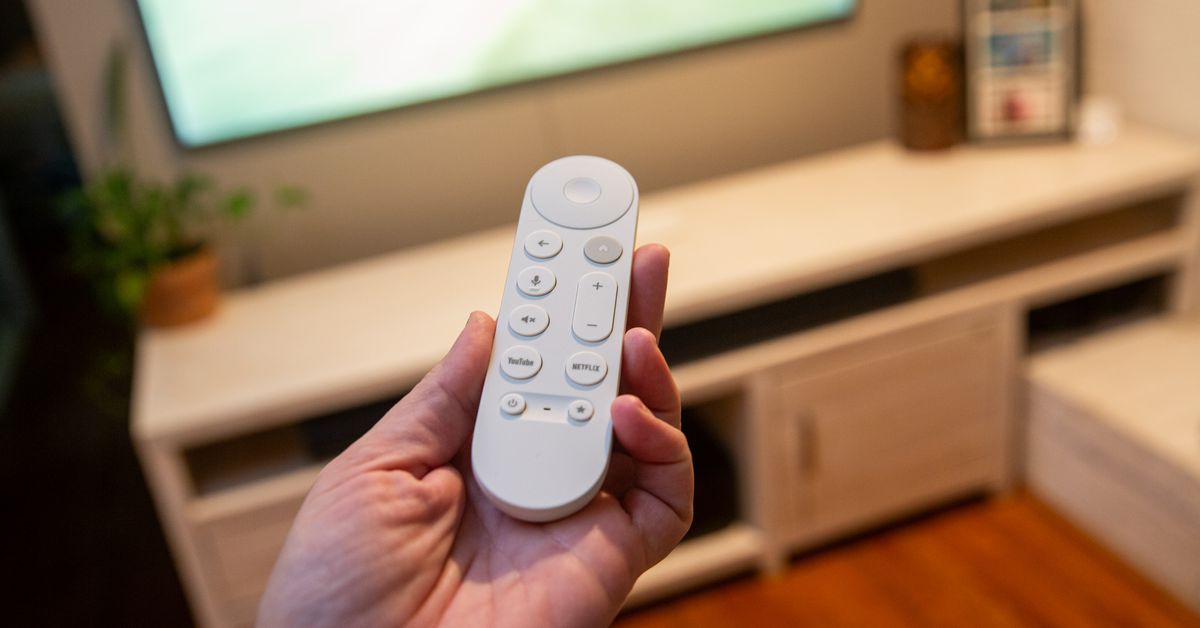Typing on a TV sucks. Those long and / or scrambled on-screen keyboards are both a nuisance to use, and a real problem for anyone wanting to make stuff for your TV.
At CES 2025, I was just introduced to a better way. It’s made by a company called Direction9, which has been working on the system for about a year, and it starts with a very old way of typing: T9. T9 was created by necessity, back in the days when cellphones’ only buttons were the number keys. (Here’s a demo for the uninitiated.) TVs are similarly constrained by their directional pad — on most set-top boxes and smart TVs there’s no other way to type.
The Direction9 system works like this: all the letters are arrayed in a three-by-three number grid, with multiple letters assigned to each number, just like T9. When you open the keyboard, your cursor defaults to the middle, and you click around to the letter you’re looking for. Every time you click the middle button to select a letter, the cursor jumps back to the center, which means you’re always only a click or two from the letter you’re looking for.
You can use the keyboard a “smart” mode, which tries to predict which word you’re looking for — click the “abc” button, then the “def” button, and then “def” button again, and it might guess you were typing “bed.” You can also turn it off and type more manually: when you click on “abc,” it pops up a new array that lets you pick between letters.
The rest of the keys you’d need — Enter, Space, Back, and so forth — are arrayed around the sides of this grid. Direction9’s trick here is that you don’t actually have to press enter to select them; just click-click over to the Enter button and it automatically submits.
Direction9 CEO Leon Chang actually exhibited an early version of this keyboard at last year’s CES. But he tells me Direction9 is now in talks with companies to get its keyboard into streaming apps and on smart TVs; for the moment, though, it’s still pure vaporware.
The whole process sounds slightly complicated, but I picked it up in 30 seconds standing at Direction9’s booth at CES Unveiled. Chang said part of the software’s appeal is that you can eventually learn to do it without even looking, and after a minute or two I was able to do just that. The smart prediction software seemed to struggle with more complicated words like “Shogun,” but in general seemed to grok what I was looking for. It’s not a perfect system, and it certainly has a learning curve that your average on-screen row of letters doesn’t, but it’s the fastest I’ve ever typed on a TV. That has to count for something.

